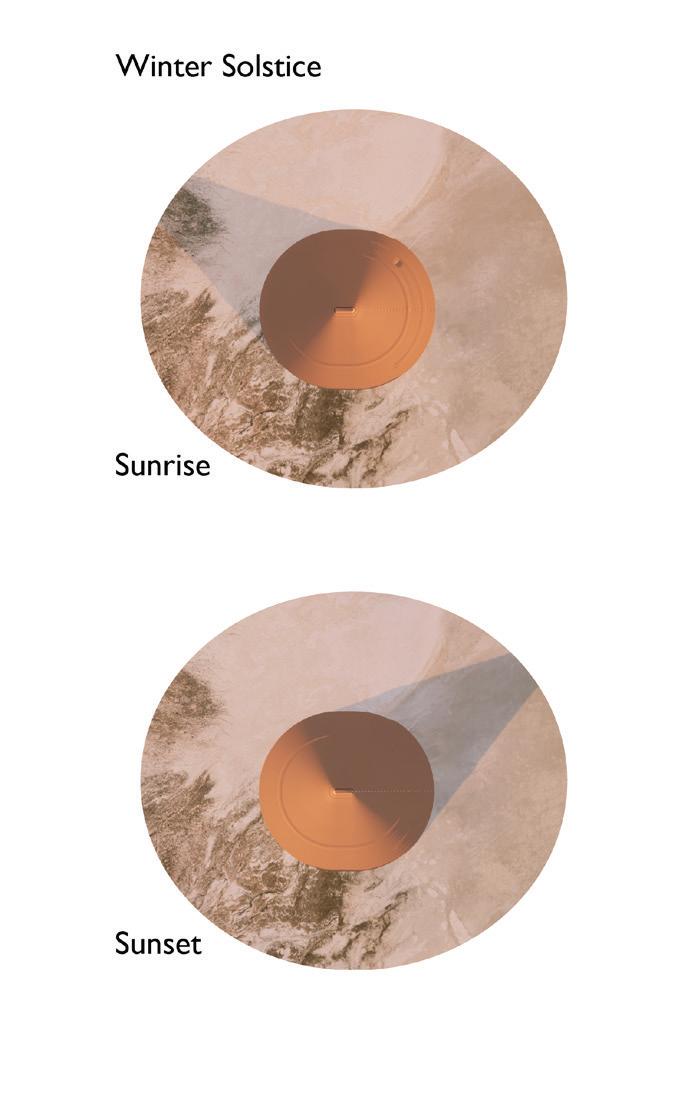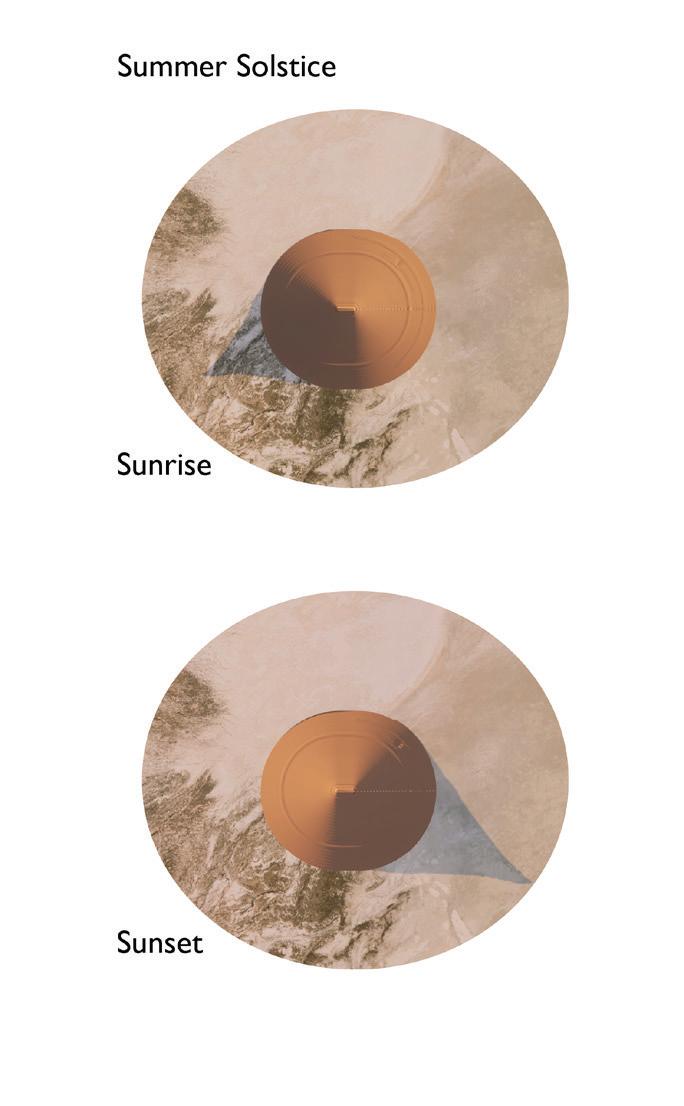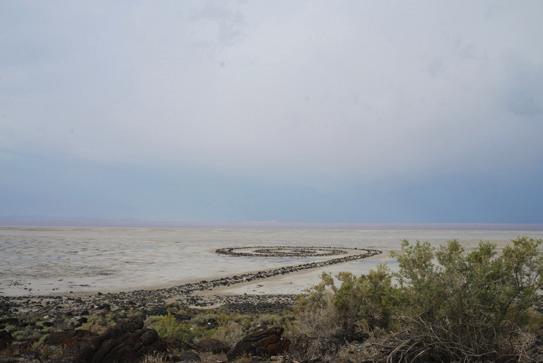
1 minute read
Dirt to Soil Mound: Mining Ruination in the Utah Desert
by Mallory
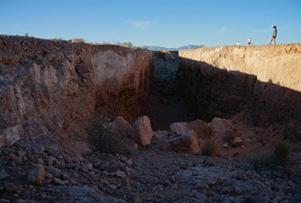
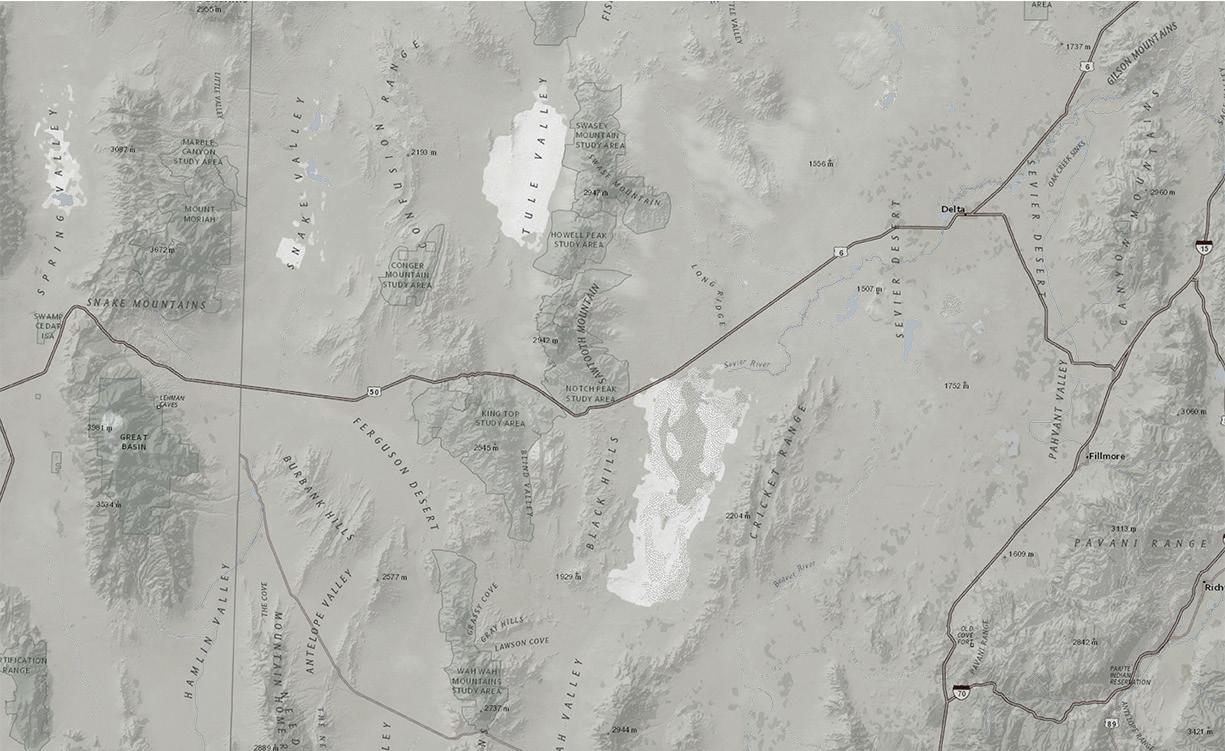
Advertisement
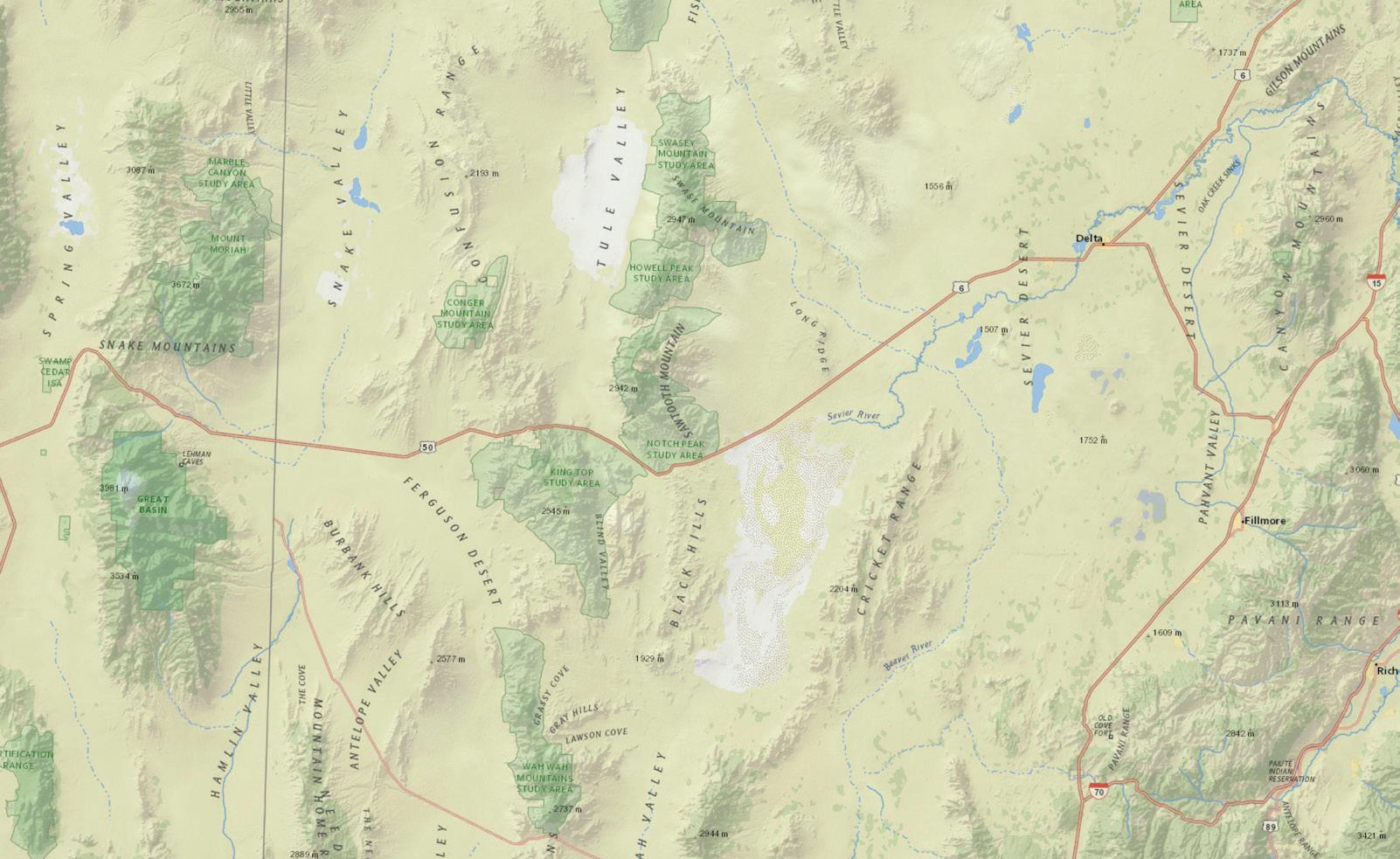
This studio focused on a remote area of the desert, the dry Sevier Lake. It used precedents from earthen mound building, land art, mining and walking as an artistic act as design inspiration.
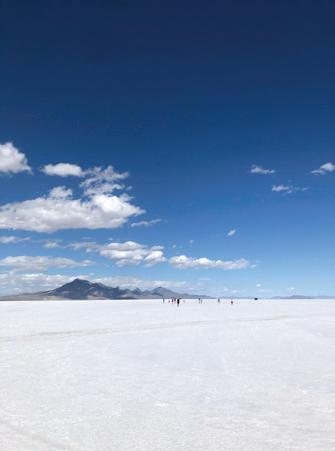
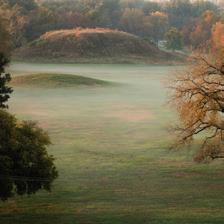
Soil, climate, weather and light studies were preformed for the site.
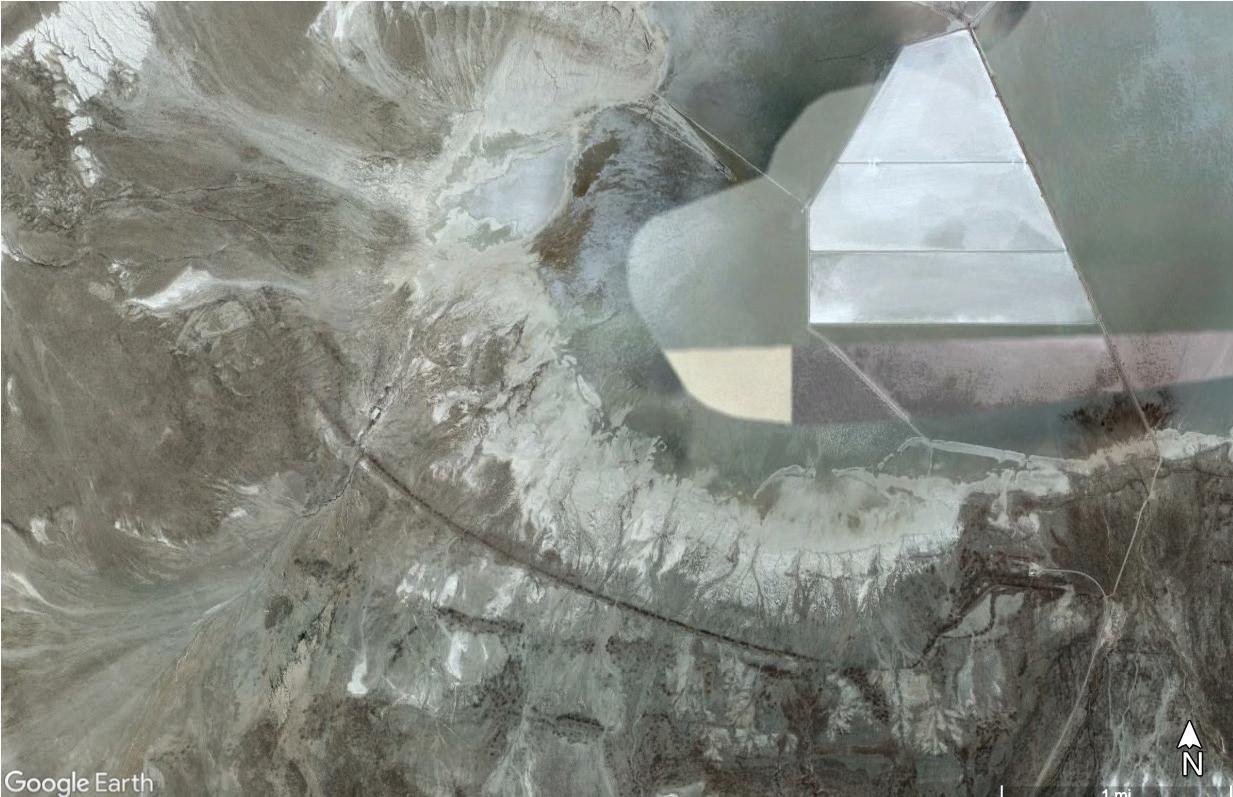

First hand field research increased understanding of and connection to the site.
Sunrise: 6:07
Sunrise: 7:47
Prevailing Wind:SSW


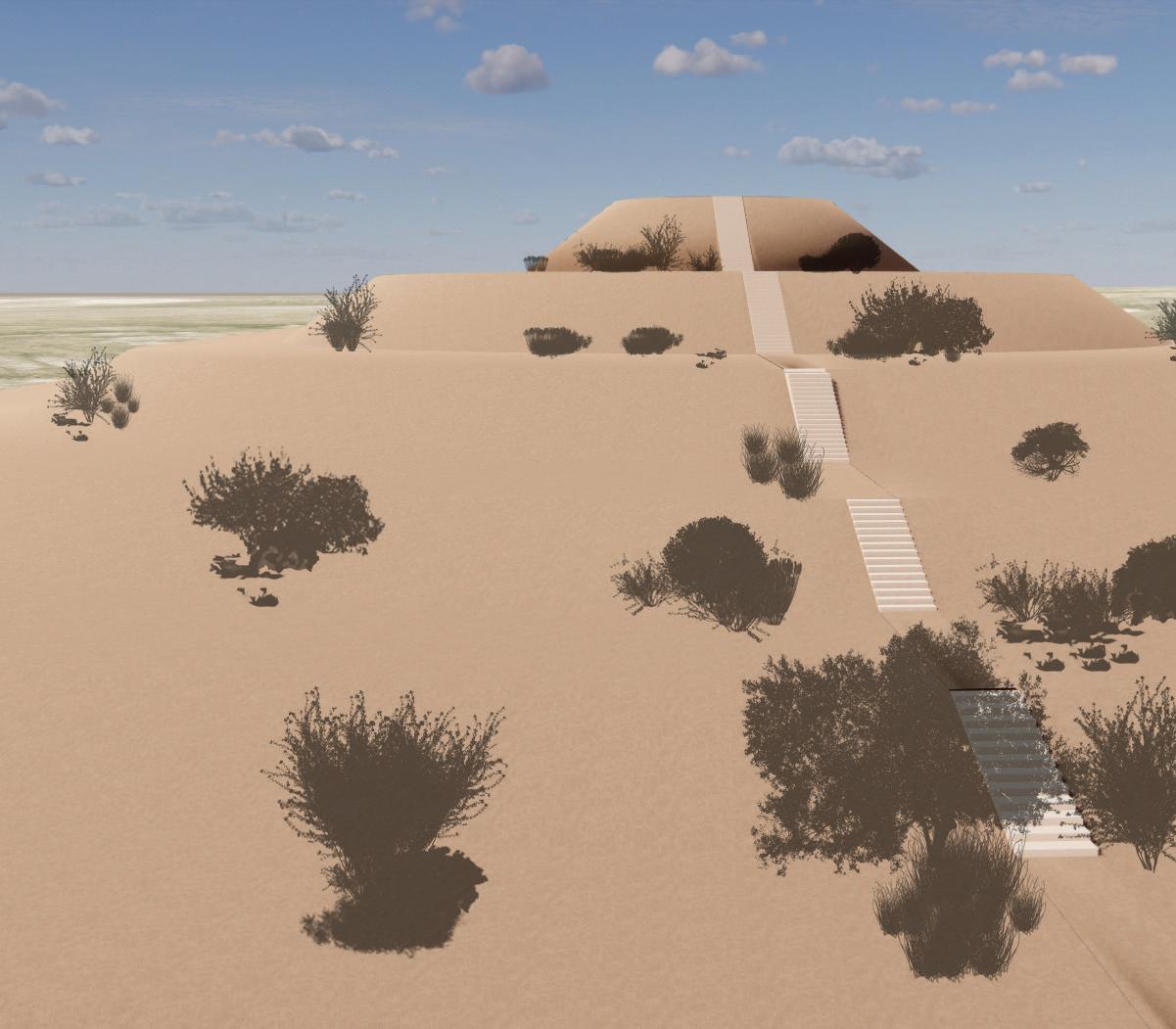
These aerials show changes to Sevier Lake between 1987, 2007, and 2023. The climate change becomes visible, as do the potash mining pools at the south end of the lake.
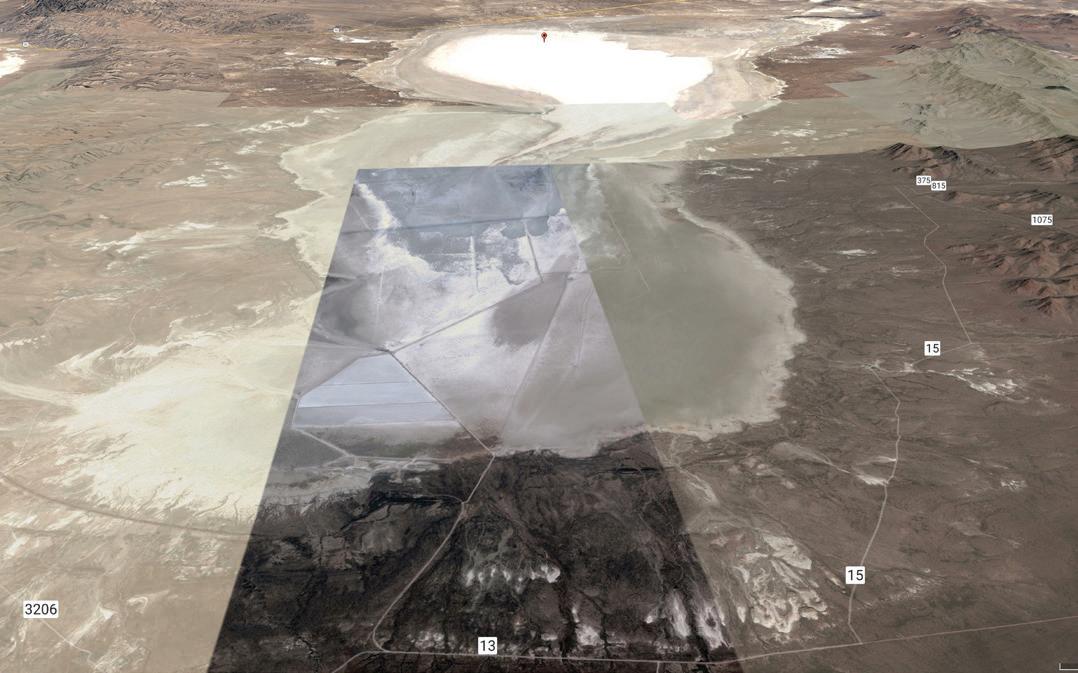
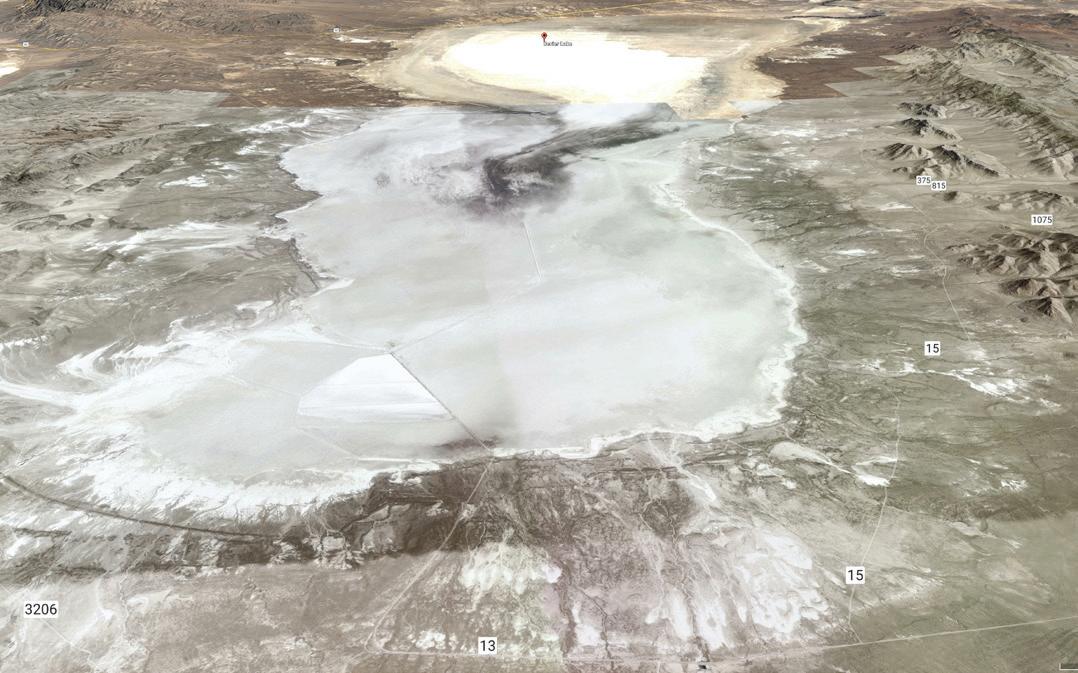
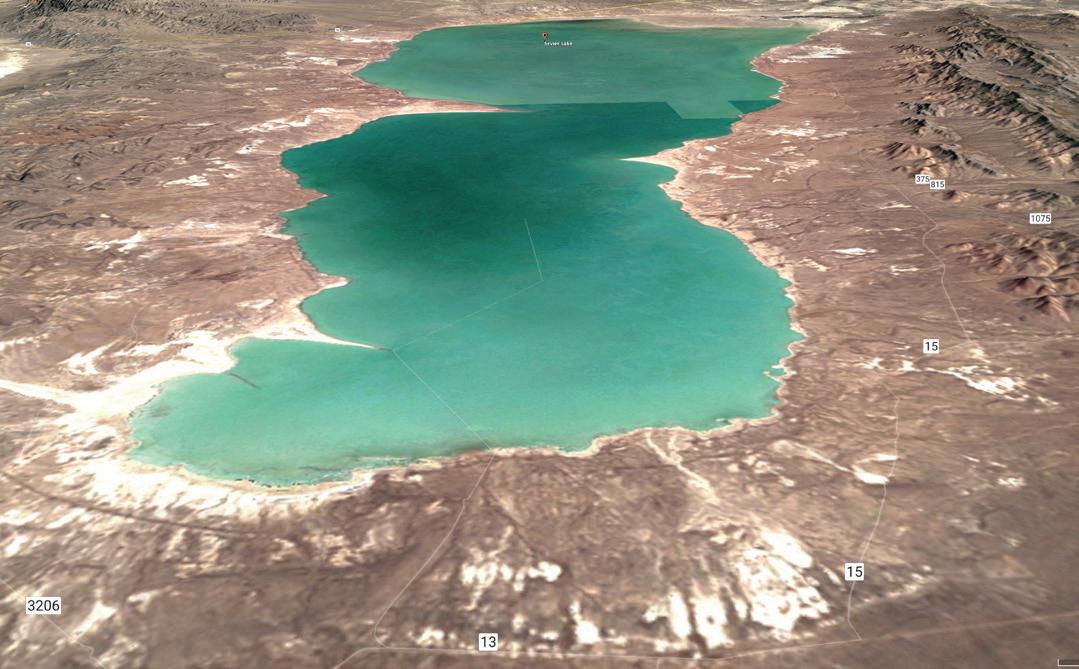
Study of potash mines as well as surface mines in the west added to understanding form and future ruination of site features.
Circulation diagrams inform location and connection. A study model in clay gave form to shape and shade in the mound.
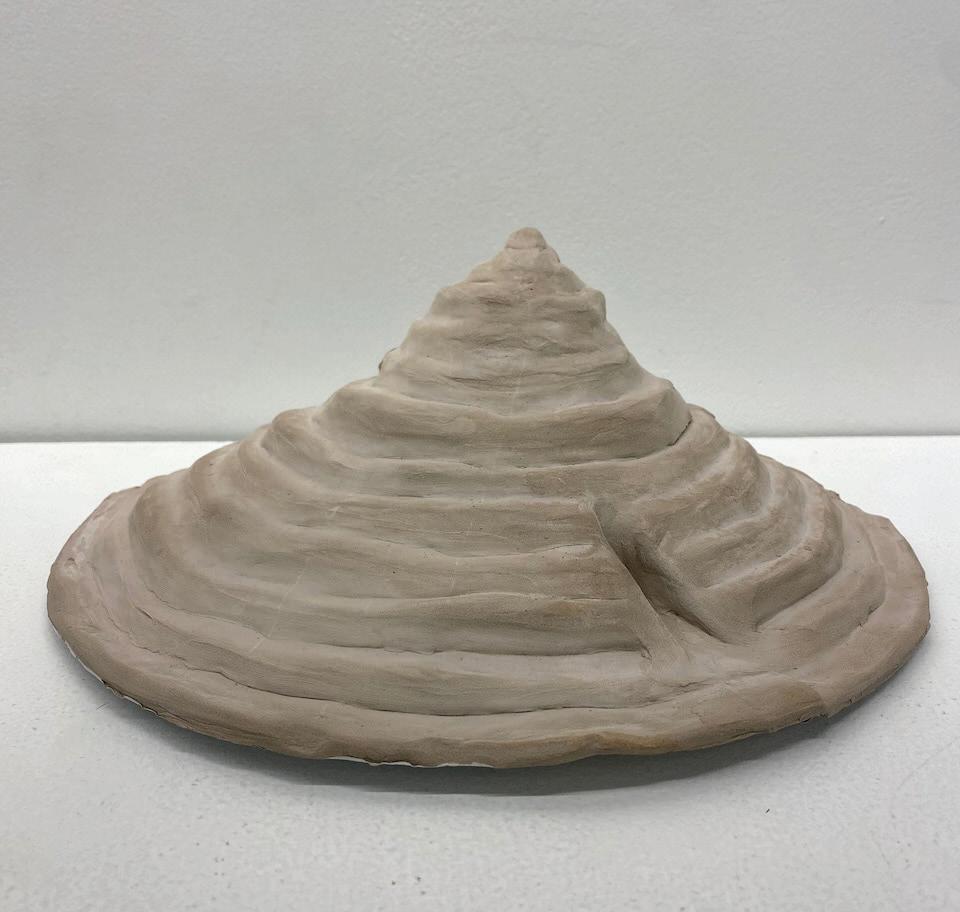

The proposed form is a mound exactly one mile from the drying salt beds that remain from the potash mining that took place on Sevier Lake before our team arrived.
The looming 240’ mound creates an earth viewing platform for the changes on the lake bed. It is made up of the dirt from the building of nearby features such as the withdrawal, and other reclaimed material from nearby mining sites.
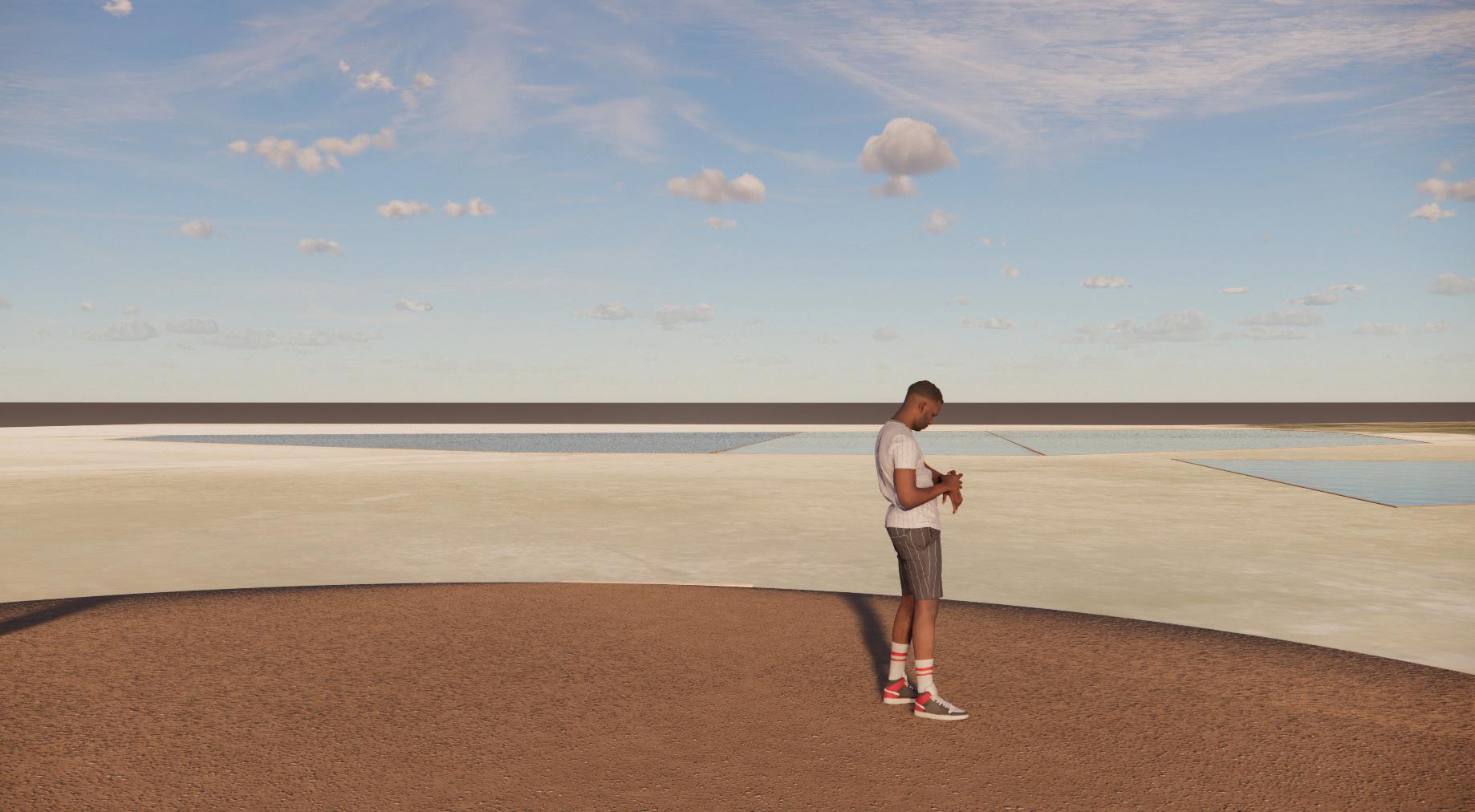
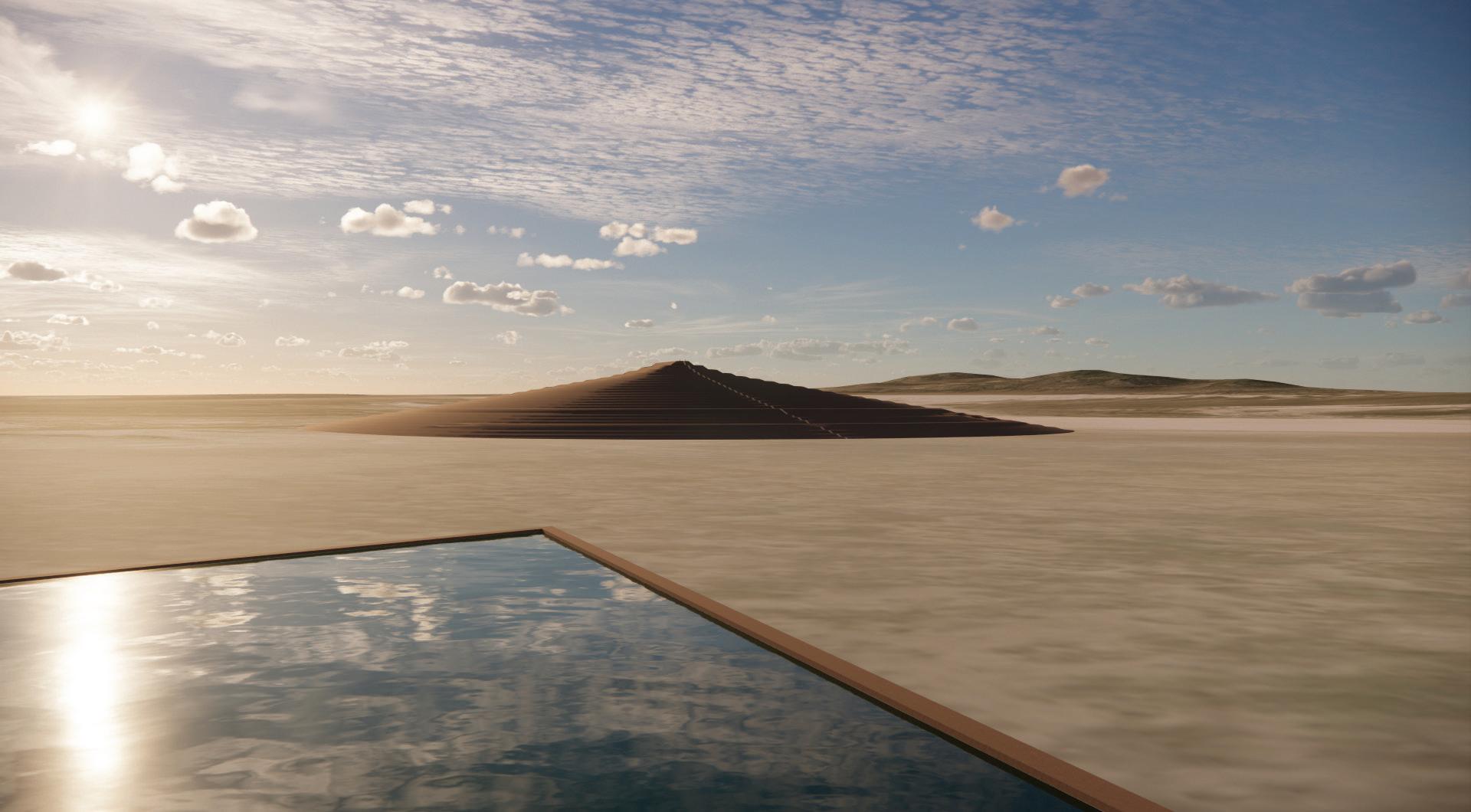
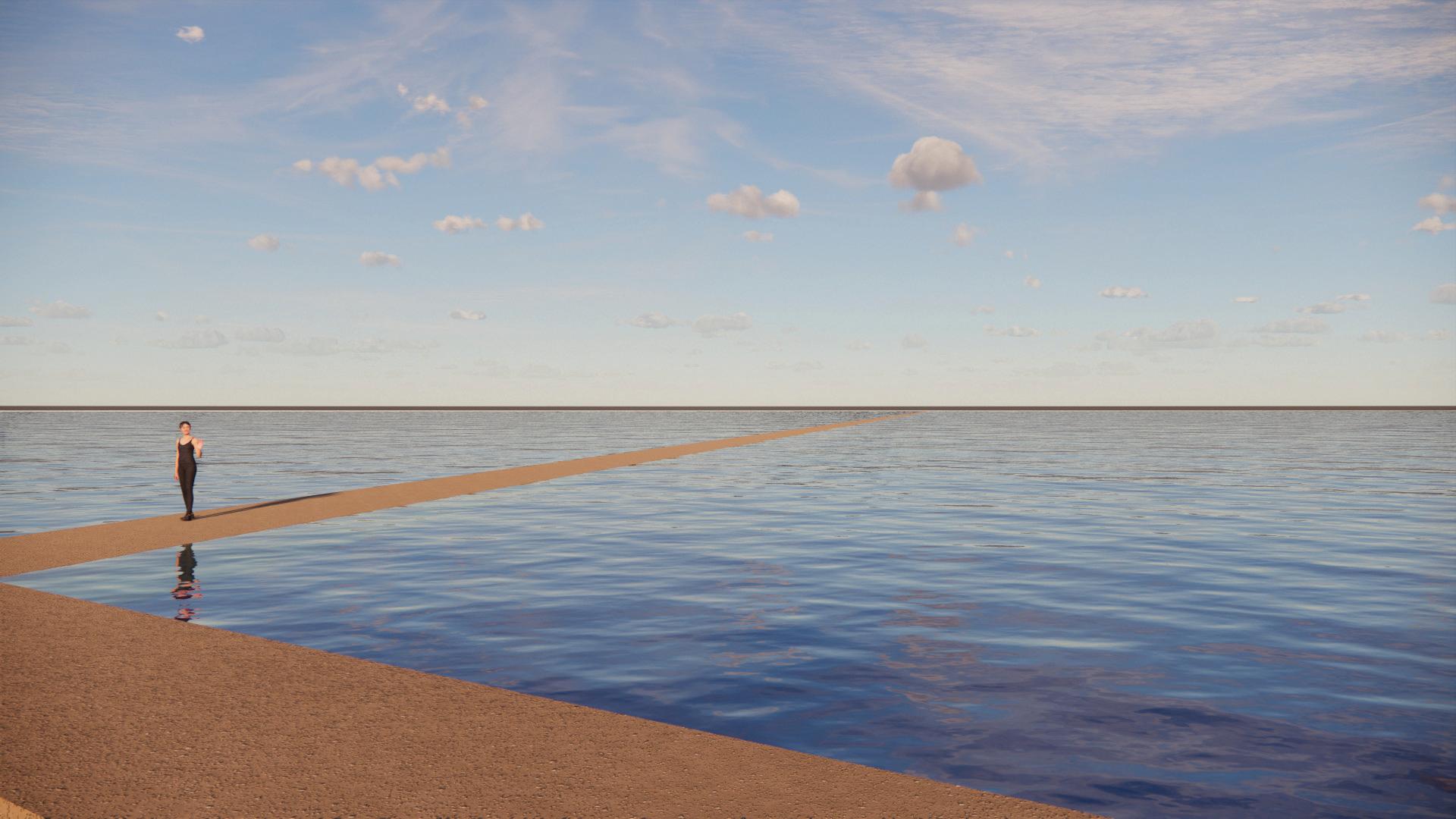
A small cut is made in the Northeast corner so that users can experience the soil layers from inside and relax in the shade in the hottest part of the day.
